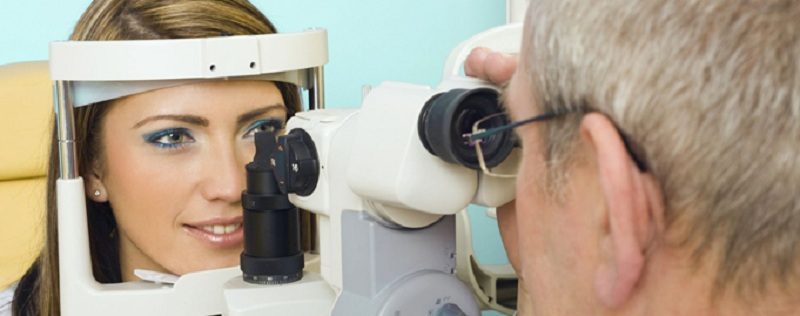What is a Comprehensive Eye Exam
There are a wide variety of tests and procedures that Calgary optometrists can conduct to examine your eyes. Depending on how many they conduct a comprehensive eye exam can take closer to an hour. The following are a list of eye and vision tests that you may have to do during your eye exam.
- Visual Acuity Tests – This test measures the sharpness of your vision. They are done using a projected eye chart to measure how far away you can you can read letters of varying size.
- Color Blindness Test – This is done early to check your color vision and to rule out color blindness. It can also detect any health problems that can affect your color vision.
- Cover Test – Here your doctor will cover up one of your eyes and ask you to focus on a small object across the room. They will then alternatively switch eyes sking you to continue staring at the object. During this test they can assess whether the uncovered eye had to move to pick up the object. This can indicate strabismus or a subtle binocular vision problem which can cause lazy eye.
- Ocular Motility Testing – Motility testing training is performed to determine how well your eyes can follow a moving object and move properly fixate your eyes on two different objects. Your eye doctor will have you hold you head up and then ask you to follow the movement of a light or other target with just your eyes and by not moving your head. If there are problems tracking, this can mean you will have problems with eye strain leading to eye strain and sports vision difficulties.
- Retinoscopy – Eye doctors such as Alex Wilson will perform this test early in the eye exam to measure and gain an approximation of your eyeglass prescription. The room lights are often dimmed and you are asked to focus on a large target while the eye doctor flips lense powers to best correct your distance vision. They are able to ball park your prescription by the way the light reflects from your eye.
There are an assortment of other tests that eye doctors may perform during your eye exam, but these ones are the most common. They help optometrists make judgements on the major issues with your eyes and help guide the rest of the eye exam to what is most appropriate for their client.


